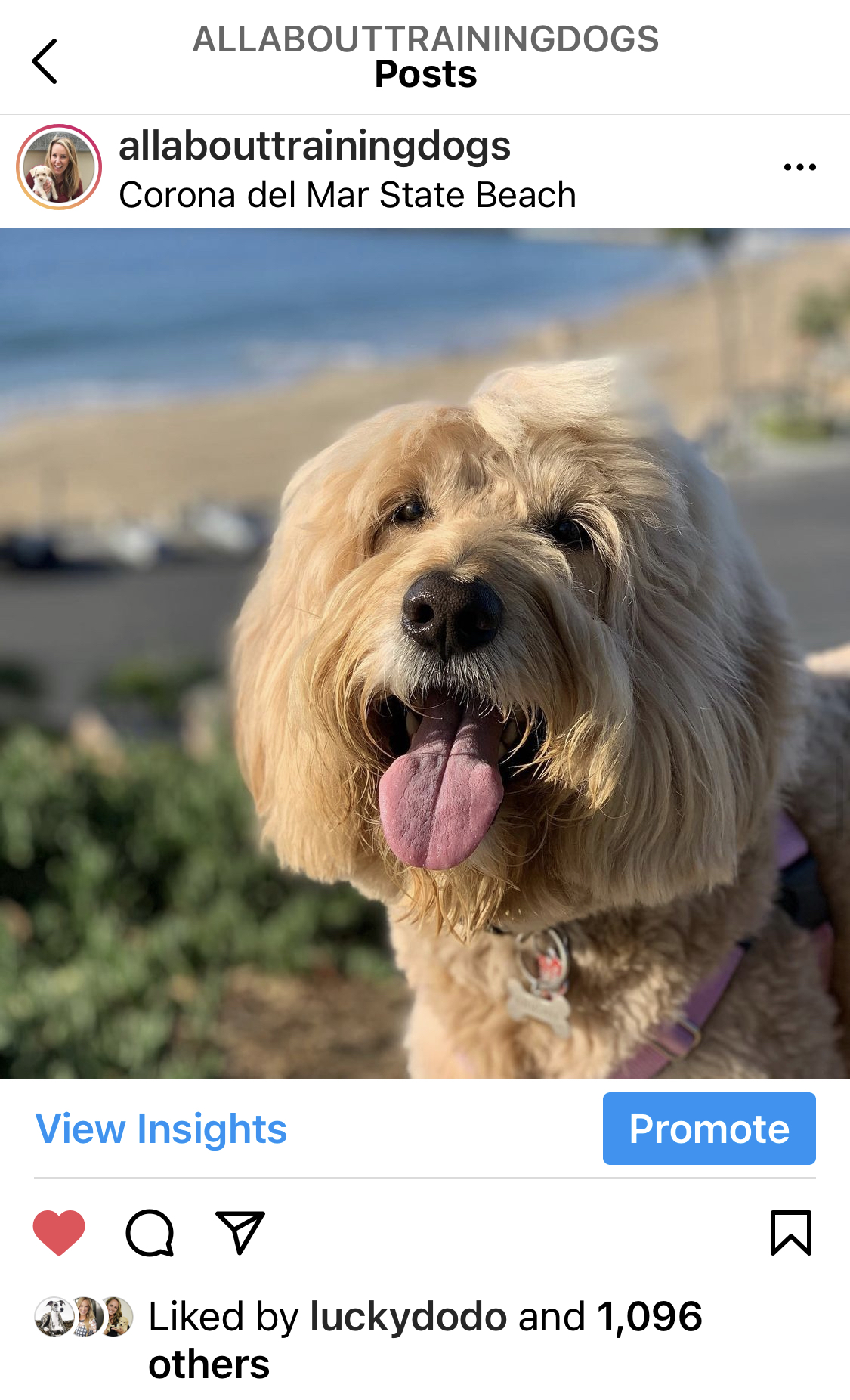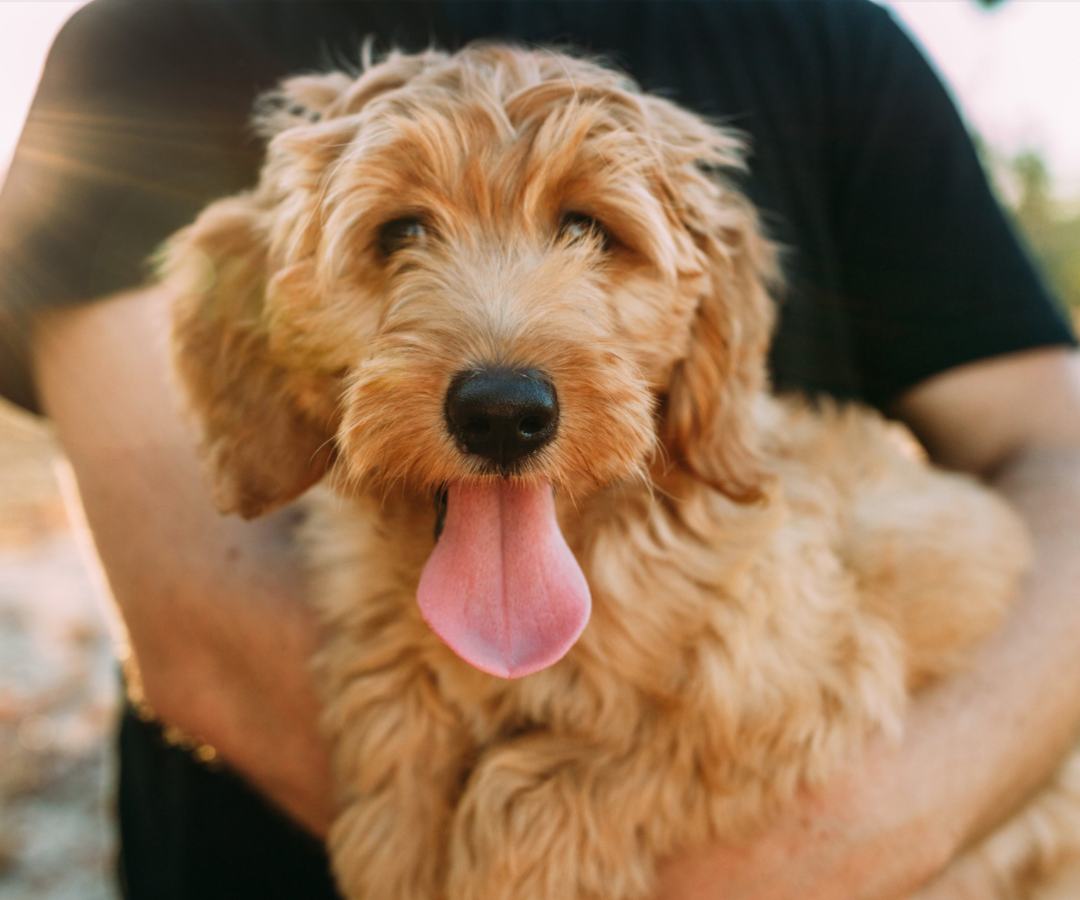
[Episode 19]
The 3 Steps You Need to Solve Any Dog Problem
There are 3 things you need to do when you have a problem with your dog.
These are also outlined in the Free Dog Training Masterclass. Today you’re going to get a shorter version using Juan’s dog Noel as an example.
Juan is the podcast editor for The Naughty Dog Podcast. After I record an episode, Juan will edit out my mistakes, adjust the audio and remove the background noises, etc. That means that Juan listens to each episode. Recently he experienced a problem with the dog that belongs to his parents, named Noel. This dog bit Juan and has bitten him several times.
Today I’m going to use Juan’s email and problem to YOU learn how to solve any problem you’re having with these 3 steps. Here’s what he wrote:
About Noel, yes, he is really fearful, but It’s kind of strange. I pet him everyday outside the house, or in the kitchen, but when I’m working in my studio. He is just behind me sleeping or resting on the carpet. And if he is awake, sometimes I try to pet him, and he looks at me, with the ears down, and tries to bite me, or simply growls at me, and since he has bitten me before, I’m kind of afraid to pet him. But I know he would like to be that dog that gets her belly rubbed and scratched everyday, but he just never lets me do that 🙁
One of the biggest mistakes dog owners make is focusing on the symptoms of the problem. They try to solve the problem by addressing the symptoms. They might use corrections, discipline in an effort to change the problem. But this never works because you’re not focusing on the CAUSE of the problem.
For example, Juan told us that his dog bites. Is biting the cause of the problem or is it a symptom? I want you to think about it, because most likely you’ve never thought about your dog this way. Most people make the mistake of focusing on the symptom. So is biting the cause of the problem, or the symptom? Biting is the symptom. Juan actually said in his message that his dog doesn’t bite all the time. In other words, something CAUSES the dog to bite in some situations but not in all situations.
The first step to solve any problem you’re having is to identify the CAUSE of the problem. You want to drill down to the root cause of the problem.
So now we know that biting is the symptom and something is causing that symptom to occur. If you had a broken ankle, pain would be the symptom. Taking aspirin might work for an hour, but the pain will come back. If you want the pain to go away completely, then you have to fix the broken ankle.
So what is CAUSE Noel to bite?
In the Free Dog Training Masterclass, you learn that there are 3 main causes
- You haven’t properly taught your dog a skill
- It’s an emotional issue
- You’re reinforcing the behavior you don’t want. (You see an example of this with Winnie the Whippet in the Masterclass. If any behavior has repeated it is being reinforced.)
Let’s read Juan’s message again.
PS, About Noel, yes, he is really fearful, but It’s kind of strange. I pet him everyday outside the house, or in the kitchen, but when I’m working in my studio. He is just behind me sleeping or resting on the carpet. And if he is awake, sometimes I try to pet him, and he looks at me, with the ears down, and tries to bite me, or simply growls at me, and since he has bitten me before, I’m kind of afraid to pet him. But I know he would like to be that dog that gets her belly rubbed and scratched everyday, but he just never lets me do that 🙁
So we know that Noel is ONLY biting when she’s laying down! Nice, that’s a lot of information right there! So we can rule out #1. You haven’t properly taught your dog a skill.
#2. Is it an emotional issue?
Yes, it sounds like Noel is uncomfortable when people pet him when he’s lying down.
- Why is he uncomfortable? Is he in pain? Dogs bite when they’re in pain. It would be a back or hip issue.
- Is he guarding his space?
- Is he nervous because he’s laying down and a big human leans over him to pet him?
I won’t know the answer to those questions without more information. But don’t worry, we don’t always have to have the exact cause, because treating is the same for the second 2 causes.
Once we rule out a medical issue, then we know training is the next step.
#3. Could you be reinforcing the behavior you don’t want?
If a behavior is repeating over and over, then it is being reinforced. In Juan’s situation, biting makes him move away, therefore biting works. Juan also said Noel will pin her ears back when he approaches when she lying down in his studio. This is great because Noel is communicating to Juan that she’s uncomfortable.
Step 2: What tools are we going to use?
Most uninformed dog owners use training collars, such as prong collars, choke chains, shock collars or e-collars to discipline a symptom. For example, they might use a shock collars to send an electric shock to the dog if he growls. Others might use a leash correction (pulling up on the leash so that the collar tightens around the dog’s neck to cause pain) to stop the growl. You don’t want to do this because you’re only addressing the symptom of the problem (the growl), you’re not changing what is causing the problem. When you change the cause of the problem, the symptoms will go away on their own.
I use a clicker and food to counter-condition and desensitize emotional problems. Counter condition means to change what has already been conditioned with the dog. In other words, the dog already has an opinion (conditioned emotional response or CER) about a certain situation. In Juan’s example, Noel’s opinion or CER is that people leaning over him while he’s laying down is dangerous and scary and he needs to defend himself in that situation by biting.
Step 3: Now it’s time to take action, set up a training scenario and use levels to get to your desired goal or response.
You can’t really learn how to counter-condition or desensitize your dog in a podcast, but there is one other solution, which I love. You can teach your dog to do something else instead.
So we know that Noel bites and gets nervous when Juan is in his studio and he leans over the dog. Instead of counterconditioning and desensitization, Juan can teach his dog to Come Touch his hand or Juan could get Noel to get up and come to him. Then Juan could pet Noel. In other words, you can always change the environment that is causing your dog to be uncomfortable. The cause of the problem was someone leaning over and reaching and petting the dog when he was laying down. So we can just take the dog out of that situation. Juan can teach the dog a hand touch to avoid and prevent Noel from biting and growling.
Those are the 3 steps that you need to solve any problem you’re having with your dog.
It’s important for you to know those 3 steps. It’s also important to note that if your dog has bitten you, someone else, or another dog then you need to get professional help from a Certified Professional Dog Trainer. Dog bites are serious and a podcast, blog or email from a dog trainer can’t solve those problems adequately. It’s worth it to get professional help.
Thank you for listening or reading today.
ps. The Dog Academy and the Barkaholics Program will teach you how to find the cause and helps you understand dog body language to identify emotional issues.
Follow us on Instagram to see our daily training lessons. You’ll learn a lot and get a dog that listens.


FREE MASTERCLASS
3 STEPS TO GET YOUR DOG TO LISTEN
Most struggling dog owners spend hours watching videos and reading blog posts that don’t address the cause of their problem. They waste time focusing on the symptoms and then think their dog is difficult or can’t change when they don’t see results. If you’re ready to finally see change, then sign up and watch this FREE Masterclass.

